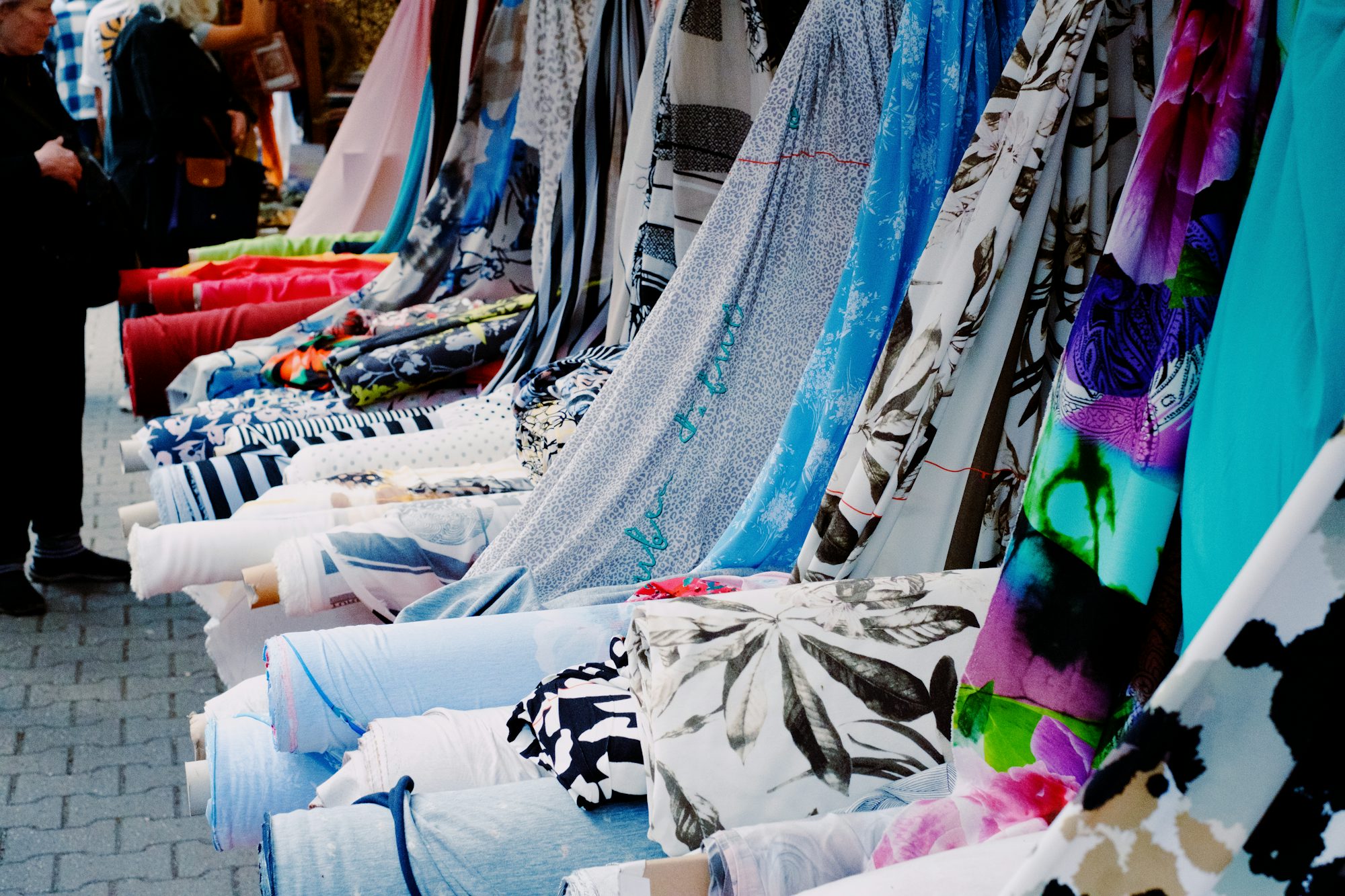E-commerce has transformed the way we shop, offering convenience and accessibility that were once unimaginable. With just a few clicks, consumers can browse vast product selections, compare prices, and make purchases from anywhere in the world. The COVID-19 pandemic accelerated this shift, prompting many retailers to bolster their online presence. Today, an increasing number of consumers prefer online shopping due to its ease and the ability to shop at any time. Retailers are responding by enhancing their digital platforms, incorporating features like customer reviews, personalized recommendations, and streamlined checkout processes to improve user experience.
Yet, the rise of online shopping has not diminished the significance of brick-and-mortar stores. Instead, physical retail is evolving to offer unique experiences that online shopping cannot replicate. Retailers are investing in creating engaging in-store environments that invite customers to explore and interact with products. This shift towards experiential retail emphasizes the importance of customer engagement, with many stores featuring interactive displays, live demonstrations, and events that draw customers in. For example, beauty brands often host makeup tutorials in-store, allowing customers to try products before purchasing.
Furthermore, technology plays a pivotal role in enhancing the in-store shopping experience. Many retailers are integrating augmented reality (AR) and virtual reality (VR) into their physical locations. AR allows customers to visualize how products will fit into their lives, such as seeing how a piece of furniture looks in their home before making a purchase. VR can transport consumers to immersive environments, making the shopping experience not only more informative but also more entertaining. These technologies bridge the gap between online and offline shopping, providing a seamless experience that appeals to tech-savvy consumers.
Another significant trend is the emphasis on sustainability. Consumers are increasingly concerned about the environmental impact of their purchases and are gravitating towards brands that prioritize eco-friendly practices. This shift is prompting retailers to adopt sustainable sourcing, minimize waste, and implement ethical labor practices. Brands that embrace sustainability not only attract environmentally conscious consumers but also position themselves as leaders in corporate responsibility. For instance, some clothing brands have adopted circular fashion principles, encouraging customers to return used items for recycling or repurposing. This fosters a sense of responsibility and encourages repeat engagement with the brand.
Personalization has emerged as a crucial factor in modern retail. Consumers expect tailored experiences that reflect their individual preferences and shopping history. Retailers are harnessing data analytics and artificial intelligence to deliver personalized marketing messages, product recommendations, and offers. This level of customization enhances customer satisfaction and fosters brand loyalty, as shoppers feel valued and understood. By tracking consumer behavior and preferences, retailers can create targeted campaigns that resonate with their audience, driving both engagement and sales.
Social media is another significant force shaping the retail landscape. Platforms like Instagram and TikTok have become essential tools for product discovery and brand engagement. Influencer marketing has gained traction, as brands collaborate with social media personalities to promote their products authentically. This approach not only amplifies brand visibility but also fosters trust, as consumers are more likely to engage with products recommended by influencers they admire. Retailers are leveraging user-generated content to showcase real-life experiences with their products, creating a sense of community around their brands.
Mobile shopping continues to grow in popularity, with consumers increasingly using their smartphones for both browsing and purchasing. Retailers are optimizing their mobile platforms to offer user-friendly experiences, featuring mobile apps that provide exclusive discounts and promotions. Additionally, location-based services allow retailers to send targeted offers to consumers when they are in proximity to their stores, encouraging spontaneous visits. This integration of mobile technology enhances convenience and drives foot traffic, bridging the gap between online and offline shopping.
Subscription services have also gained momentum in the retail space. Brands are offering subscription boxes that cater to specific interests, providing curated selections of products on a regular basis. This model simplifies the shopping experience, allowing consumers to discover new items without the hassle of traditional shopping. Subscription services create excitement and anticipation, as customers look forward to receiving curated packages that align with their preferences. This innovative approach fosters long-term customer relationships and enhances brand loyalty.
The importance of customer service remains paramount in the evolving retail landscape. Positive interactions with sales associates or customer support representatives can significantly enhance the overall shopping experience. Retailers that prioritize exceptional customer service often see increased customer loyalty and satisfaction. In physical stores, knowledgeable staff can assist customers in making informed decisions, while online retailers can provide timely support through live chat features or responsive email communication. Ensuring that customers feel supported throughout their shopping journey is essential for building lasting relationships.
Looking ahead, the future of retail will likely be shaped by continued innovation and adaptation. Retailers must remain agile in responding to consumer demands, leveraging technology to enhance the shopping experience while staying true to their brand values. As trends such as sustainability, personalization, and social engagement gain momentum, the retail landscape will continue to evolve, creating exciting opportunities for both consumers and brands alike.
In conclusion, the evolution of retail is a reflection of the dynamic relationship between consumers, technology, and the retail industry. By embracing advancements in e-commerce, enhancing in-store experiences, prioritizing sustainability, and focusing on personalization, retailers can navigate the changing landscape and meet the diverse needs of modern shoppers. The shopping experience will undoubtedly become even more integrated, innovative, and enjoyable, paving the way for a future that prioritizes both convenience and connection. As consumers continue to seek meaningful interactions and personalized experiences, the retail industry will need to adapt and thrive in this ever-changing environment.
